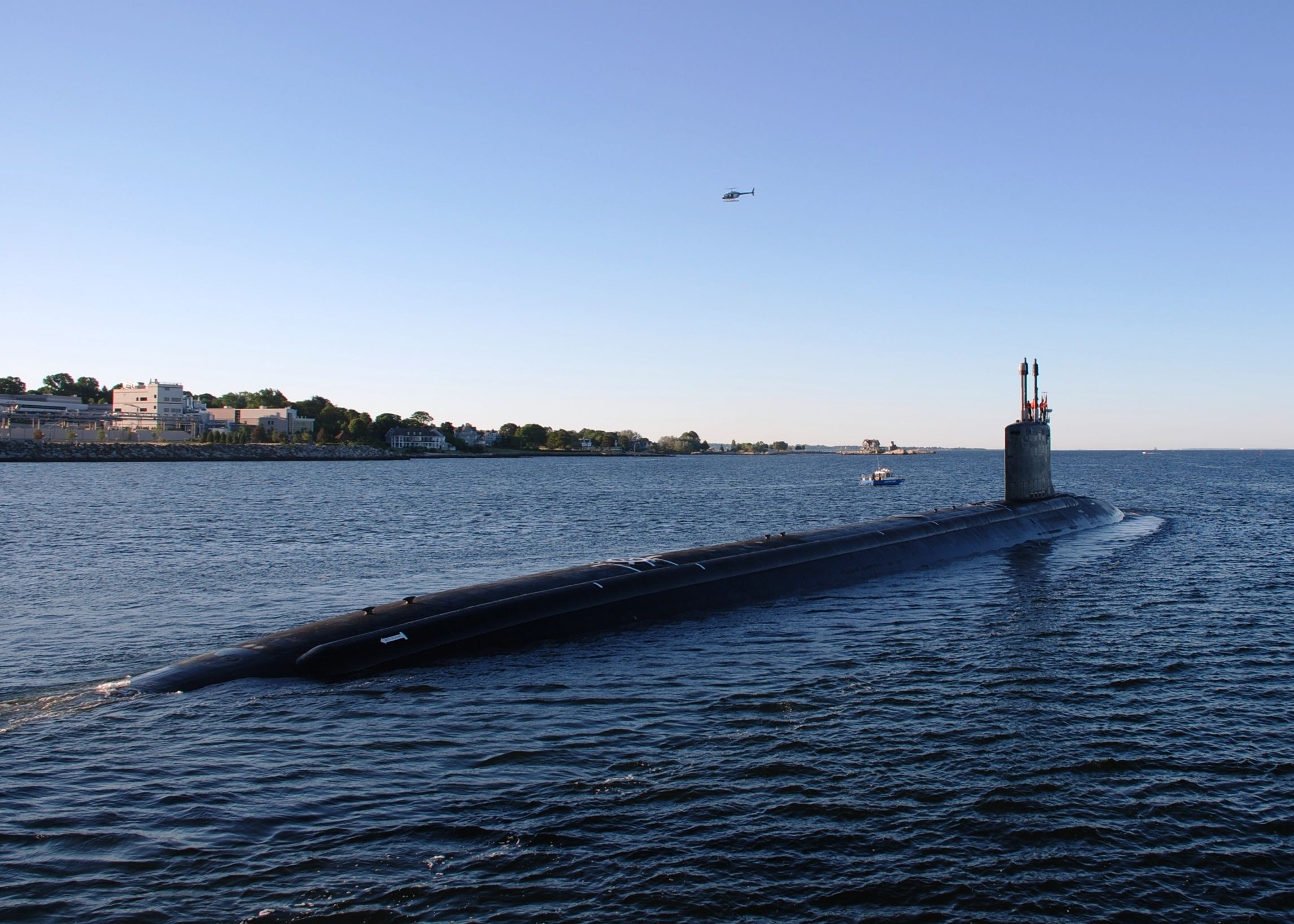
September and October have been experiencing a flurry of contract awards and contract modification increases for the United States Navy’s Virginia class submarine program. Below are two of the latest contract awards.
On October 4, 2024, General Dynamics Electric Boat, Groton, Connecticut, was awarded the following two contracts:
The first contract award was a $376,788,600 cost-plus-fixed-fee modification to previously awarded contract N00024-20-C-2120 for Lead Yard support, and development studies and design efforts related to Virginia class submarines. Work will be performed in Groton, Connecticut (92%); McLeansville, North Carolina (6%); Newport News, Virginia (1%); and Newport and Quonset, Rhode Island (1%), and is expected to be completed by October 2025. Fiscal 2022 shipbuilding and conversion (Navy) funding in the amount of $45,981,338 (35%); fiscal 2024 research, development, test and evaluation (Navy) funding in the amount of $28,695,643 (22%); fiscal 2021 shipbuilding and conversion (Navy) funding in the amount of $22,754,592 (17%); fiscal 2023 shipbuilding and conversion (Navy) funding in the amount of $19,053,112 (15%); and fiscal 2024 shipbuilding and conversion (Navy) funding in the amount of $13,944,171 (11%), will be obligated at time of award and will not expire at the end of the current fiscal year. The U.S. Navy Naval Sea Systems Command, Washington, D.C., is the contracting activity.
The second contract awarded was a not-to-exceed $243,799,854 cost-plus-fixed-fee undefinitized order against previously issued basic ordering agreement N00024-22-G-4304, to provide unique parts and specialized material, including initial spares, for Virginia class submarines. Work will be performed in Groton, Connecticut, and is expected to be completed by September 2028. Fiscal 2024 other procurement (Navy) funds in the amount of $243,799,854 will be obligated at time of award, and funds will not expire at the end of the current fiscal year. This order was not competitively procured in accordance with 10 U.S. Code 3204(a)(1), only one responsible source and no other supplies or services will satisfy agency requirements). The U.S. Navy Naval Sea Systems Command, Washington, D.C., is the contracting activity.
A U.S. Navy study of the submarine construction infrastructure has concluded that tentative plans to produce two Virginia class SSNs and a Columbia class SSBN per year for 12 years are viable assuming that the funding necessary for a program of this scale can be made available. By that time, the newest of the Improved Los Angeles class SSN 688s will be 40 years old and overdue for replacement. This factor would strongly suggest that a decision to maintain production at a minimum of two SSNs per year will be made.
The Block V construction has been met with delays and according to a report from the U.S. GAO, the program continues to degrade with supply chain issues, workforce shortages, and limited shipyard capacity – all this making it difficult for the U.S. Navy to maintain its schedule of producing to submarines a year.
Throw into the mix the AUKUS plan for the U.S. to sell three Virginia class submarines for operational deployment in the early 2030s (with an option to buy two more for a total of five submarines) and the U.S. will be extremely hard-pressed to meet its own force requirements.
While such a sale will have to have the approval of the U.S. Congress, Australia’s fielding of Virginia class submarines as soon as possible would provide a stopgap until Australia begins fielding its own SSN-AUKUS submarines planned to be operational in the early 2040s.
The latest plan floating around is for the U.S. to transfer two of its current Virginia class submarines (probably Block III or IV) to Australia with the third to come off the current production line. Although not officially set in stone, this is likely the best solution to fill the capability gap between Australia’s current Collins class diesel-electric submarines coming to the end of their life and until the SSN-AUKUS submarines are ready.
It is unlikely that the SSN construction rate will accelerate beyond two boats per year even if the Australia procurement is approved, although the addition of the SSBN construction program would already take the total number of submarines ordered in those years to three. It could be argued that the aging state of the remaining Improved Los Angeles class submarines would make an increase to three SSNs per year desirable, with the third taking the place of the Columbia class SSBNs once the 12 planned submarines of that type have been funded. However, this proposition is highly speculative.
For more than 30 years, Richard has performed numerous roles as a top analyst for Forecast International. Currently, Richard is the Group Leader and Lead Analyst for Forecast International's Traditional Defense Systems, which covers all aspects of naval warfare, military vehicles, ordnance and munitions, missiles, and unmanned vehicles.
Having previously been Forecast International's Electronics Group Leader for 20-plus years, Richard established Electro-Optical Systems Forecast, as well as having been the prime editor of Electronic Systems Forecast, Land & Sea-Based Electronics Forecast, and C4I Forecast. Additionally, Richard has served as the Naval Systems Group Leader responsible for Anti-Submarine Warfare Forecast andWarships Forecast.




